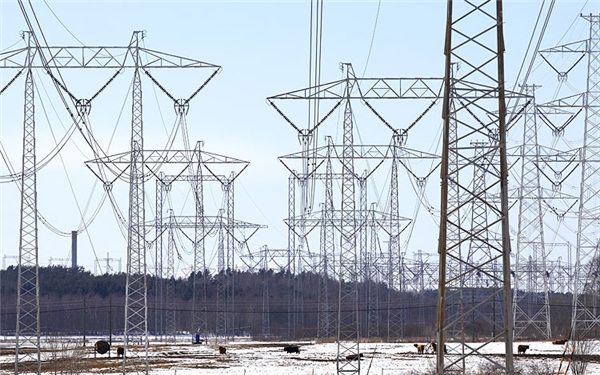All the states have endorsed the central government’s ambitious plan of electricity for all by March 2017 and bring down distribution loses to 15 percent in five years.
This was agreed at the final day of a two-day energy conference here, said a power ministry statement on Saturday.
With losses of electricity distribution companies in India touching a staggering Rs.3.8 trillion ($58 billion), the cabinet on Thursday has already approved a major restructuring and revival package for the sector, with both checks and incentives, to remove what is considered the weakest link in the government’s ambitious plan of power for all by 2022.
Transmission and distribution loses, the majority of which pertains to sheer theft of electricity, had been varying between 17-35 percent.
The states have resolved to ensure expeditious implementation of Integrated Power Development Scheme (IPDS) projects by implementing them within 30 months from date of sanction and achieve 15 percent Aggregate Technical and Commercial Losses (AT & C) at national level by 2019-20.
“A state level mission will be established to plan smart grid activities in states,” the stament said.
It was decided that the states whose plan documents on ‘Power For All’ have not been prepared should get it expedited with the help of consultants and central team members so that all these documents are completed by December 31.
A target for replacement of all existing conventional street lights and incandescent bulbs with LEDs by 2019 has been set in this regard with Haryana, Uttar Pradesh, Punjab, Maharashtra, Karnataka, Tamil Nadu, Madhya Pradesh, Andhra Pradesh and Telangana deciding to replace 10 percent of existing agricultural water pumps with energy efficient pumps including solar within one year.
Setting up of solar parks as per stipulated schedule and to mandate the installation of solar roof tops on government buildings were also among the issues discussed and agreed upon.
It has been further decided that the states will encourage inter-state and intra-state transmission of renewable energy through various measures like allowing open access, not charging wheeling charges, cross subsidy charges, banking charges and others.
Those states which are rich in wind resource have further agreed to put in place a mechanism for forecasting and scheduling of wind power by January 1, 2016.

